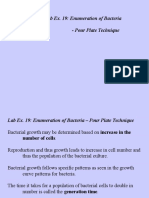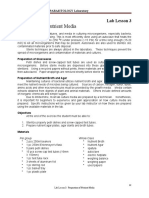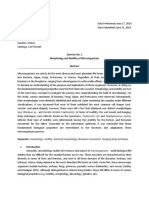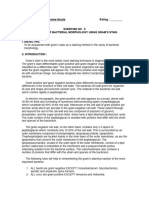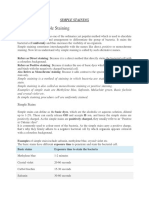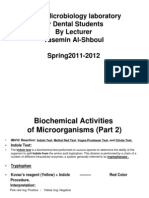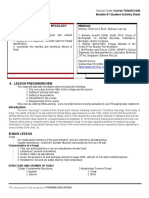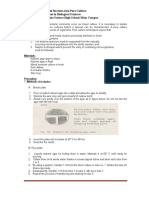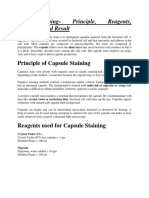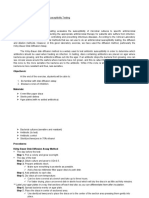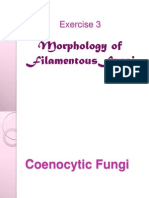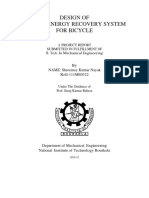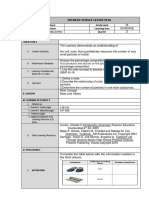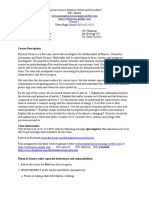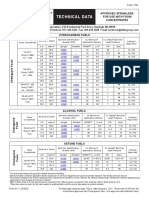0% found this document useful (0 votes)
1K views17 pagesMorphology Examination of Yeast and Mould
This document describes an experiment examining the morphology of yeast and mould. Macroscopic analysis revealed differences in colony appearance and growth patterns between yeast and mould. Microscopic examination provided insights into cellular characteristics, with yeast cells observed to be oval or spherical and mould displaying filamentous hyphae. The results of this investigation contribute to identification and differentiation of microorganisms in fields like food microbiology and pharmaceutical research.
Uploaded by
NOR SYUHADA BINTI BAHARUDIN / UPMCopyright
© © All Rights Reserved
We take content rights seriously. If you suspect this is your content, claim it here.
Available Formats
Download as PDF, TXT or read online on Scribd
0% found this document useful (0 votes)
1K views17 pagesMorphology Examination of Yeast and Mould
This document describes an experiment examining the morphology of yeast and mould. Macroscopic analysis revealed differences in colony appearance and growth patterns between yeast and mould. Microscopic examination provided insights into cellular characteristics, with yeast cells observed to be oval or spherical and mould displaying filamentous hyphae. The results of this investigation contribute to identification and differentiation of microorganisms in fields like food microbiology and pharmaceutical research.
Uploaded by
NOR SYUHADA BINTI BAHARUDIN / UPMCopyright
© © All Rights Reserved
We take content rights seriously. If you suspect this is your content, claim it here.
Available Formats
Download as PDF, TXT or read online on Scribd
/ 17




